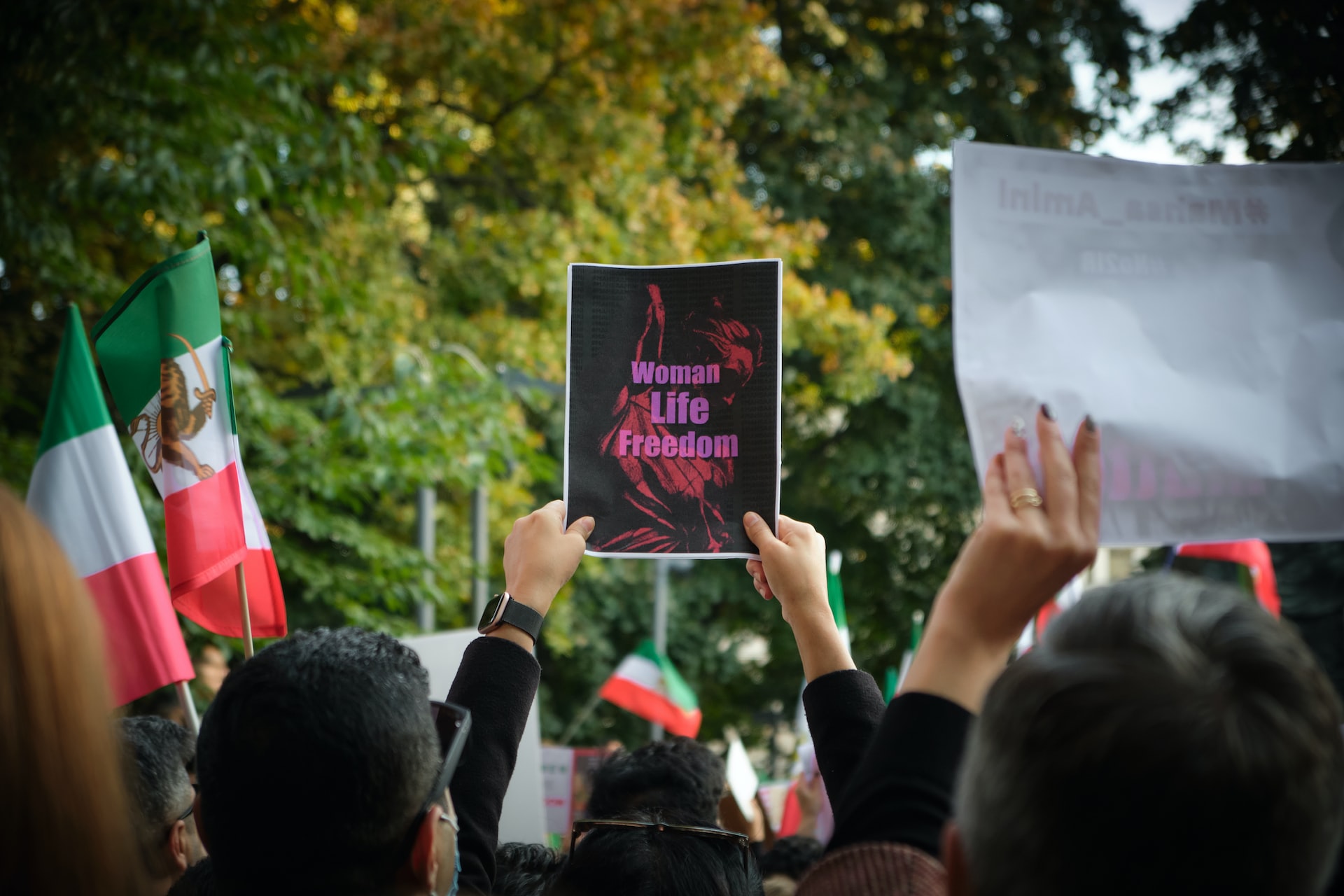Because there will be no counter-revolution in Iran

In Iran the poor are getting poorer, and the middle class is also suffering from the crisis. But a counter-revolution after the Islamic one of 1979 is unlikely: that's why. Alberto Negri's analysis
Maybe Iran's Generation Z doesn't know and ignores it. The best-known scholar of contemporary history of Iran, Ervand Abrahamian, an ancient opponent of the Shah, claimed some time ago in the New Yorker Review that he considered a third revolution "improbable" after that of 1905 and 1979. But Abrahamian also suggested a another thing: so far Iran has based itself more than on religion on a system of welfare state and subsidies which, thanks to oil revenues, has ensured real consensus. And it is this pillar, born from the ideology of social populism of the revolution and from the "red" Shiism of the philosopher Ali Shariati, which has long since begun to waver and it is no longer only young Iranians who go to the streets, but there are strikes traders and in various economic sectors.
The crisis of this system in Iran intersects with the protests against the veil of women and a powerful generational change that sees young people taking to the streets who have obviously not seen either the Khomeinist revolution of '79 or the Iran-Iraq war (1980-1988) .
There are now 86 million Iranians, of which over 40 million were born after the revolution and half (source Undp) are between 10 and 24 years old. For comparison, on the eve of the revolution the Iranian population was 38 million but then oil production was double that of today, 2.5 million barrels a day, mostly directed to China.
Sanctions have hit hard since the last round in 2012, and the Iranian currency has since lost two-thirds of its value against the dollar as inflation exceeds 50%. Iran's welfare state, along with subsidized food and energy prices, which cost about $100 billion a year, nearly half of its estimated 2020 GDP of $231 billion, has plummeted by 40%.
Today not only are the poorest ever poorer but also the middle class is in crisis.
The ayatollah economy of the Foundations is the backbone of power, a clientelist and welfare state network that branches out into society and extends beyond the borders of the Islamic republic. The Bonyads – a hundred, of which a dozen are the ones that really matter – have charitable and assistance institutional purposes but do not give up profits and involve more or less directly five million Iranians: they have therefore been essential in recent decades in the consensus building of the scheme. There is no doubt that the Bonyads are the heart of this economy: they hold at least 30-40% of GDP and have taken away space from private individuals favoring only some of them, those close to the circle of power.
And that is exactly the problem. Ahmad Zeidabadi, a reformist journalist and former political prisoner, explains it well in a recent interview with Ilna , the semi-official agency of the trade unions: «A large part of the system in power thinks that dignity and well-being belong only to the insiders and to the faithful while the rest of the population has no right to participate. But this new Iranian generation grown up with the Internet and satellite TV – says Zeidabadi – no longer recognizes any authority, either in the family or at school or at the university, sees its horizon as dark, without qualified jobs, without any political or alternative expressions".
As they say in Iran, the way to change would be to cut the branch off the tree where it has been sitting for over 40 years. And, at the moment, it doesn't seem possible.
(Excerpt from an article published on the manifesto ; here the complete version)
This is a machine translation from Italian language of a post published on Start Magazine at the URL https://www.startmag.it/mondo/iran-controrivoluzione/ on Thu, 08 Dec 2022 06:32:08 +0000.
